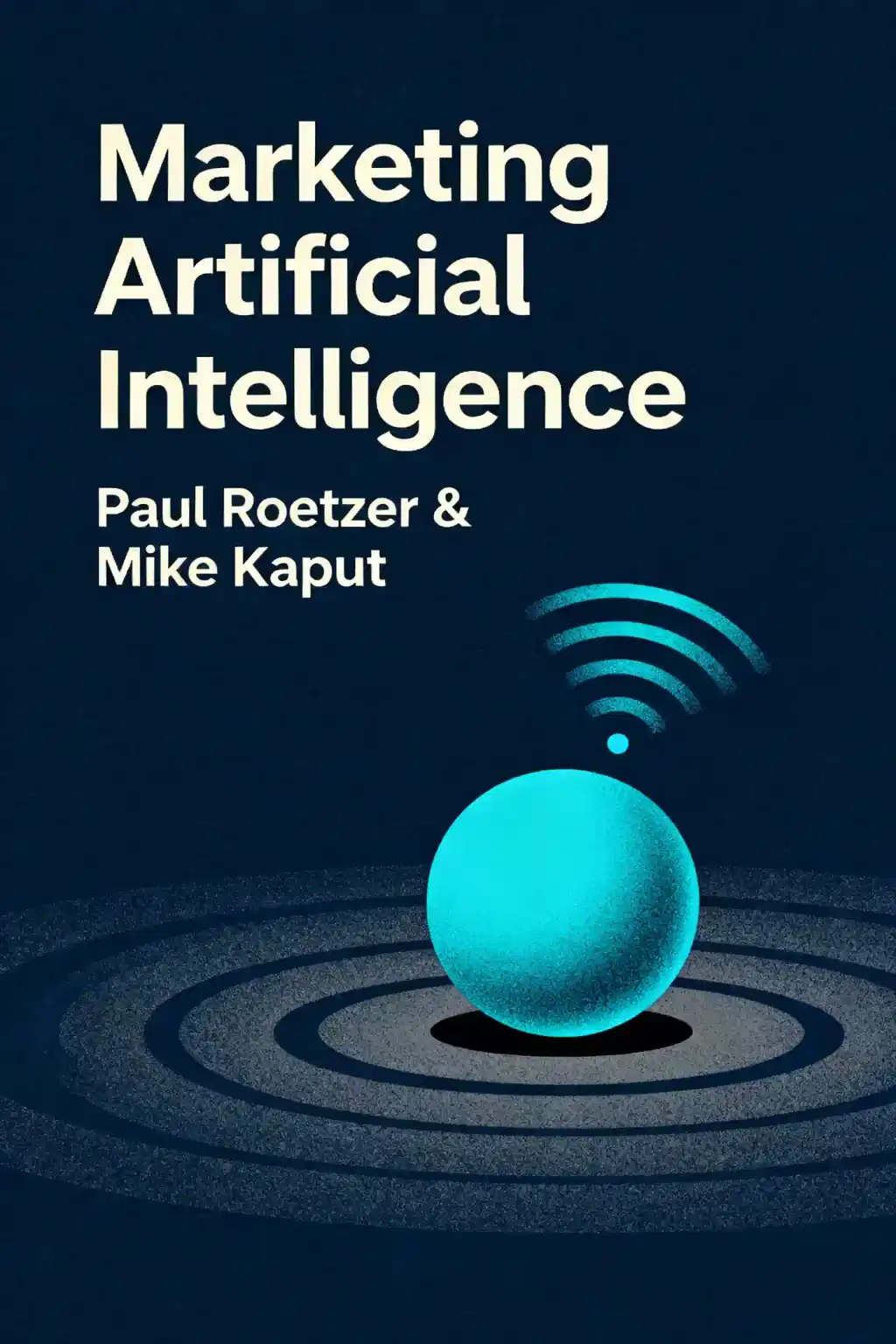What is
A Brief History of Artificial Intelligence about?
A Brief History of Artificial Intelligence by Michael Wooldridge traces AI’s evolution from theoretical foundations to modern applications. It explores key milestones like the Turing Test, expert systems, and the pursuit of artificial general intelligence (AGI), while addressing ethical risks like algorithmic bias and deepfakes. Wooldridge balances optimism about breakthroughs (e.g., self-driving cars) with skepticism toward AGI’s feasibility.
Who should read
A Brief History of Artificial Intelligence?
This book suits tech enthusiasts, students, and professionals seeking a concise yet comprehensive overview of AI’s past and future. It’s ideal for readers curious about AI’s societal impact, ethical challenges, and foundational concepts like machine learning and natural language processing. Wooldridge’s accessible style also appeals to general audiences unfamiliar with technical jargon.
Is
A Brief History of Artificial Intelligence worth reading?
Yes—Wooldridge combines academic rigor with engaging storytelling, demystifying complex topics like neural networks and AI ethics. The book offers historical context (e.g., the 1950s “Golden Age” of AI) while critiquing hype around AGI. Its balanced perspective on AI’s capabilities and limitations makes it a standout resource for informed discussions.
What are the key concepts in
A Brief History of Artificial Intelligence?
- Turing Test: A benchmark for machine intelligence where humans can’t distinguish AI from human behavior.
- Expert Systems: Early AI programs designed for specialized tasks, limited by rigid logic.
- AGI: The controversial “grand dream” of machines with human-like consciousness.
- AI Risks: Biases in algorithms, deepfake misinformation, and ethical dilemmas.
How does Michael Wooldridge view artificial general intelligence (AGI)?
Wooldridge considers AGI a distant and unlikely prospect, emphasizing that current AI excels in narrow tasks (e.g., language translation) but lacks consciousness. He cautions against dystopian fears while advocating for proactive governance to mitigate risks like job displacement and privacy breaches.
What historical milestones does the book highlight?
- 1950s: Development of modern computers enabling AI research.
- 1956 Dartmouth Workshop: John McCarthy coins “artificial intelligence” and pioneers LISP programming.
- 1970s “AI Winter”: Funding declines as early systems fail to meet expectations.
- 2000s-Present: Renaissance driven by machine learning and big data.
How does
A Brief History of Artificial Intelligence address AI ethics?
Wooldridge highlights bias in training data, accountability gaps in autonomous systems, and the societal impact of deepfakes. He argues for transparency in AI development and interdisciplinary collaboration to align technology with human values.
What makes Michael Wooldridge qualified to write about AI?
Wooldridge is an Oxford AI professor, director at the Alan Turing Institute, and award-winning author with 400+ publications. His leadership roles in global AI organizations and advisory work for governments and companies like Facebook underscore his expertise.
How does the book explain the Turing Test’s significance?
Proposed by Alan Turing in 1950, the test shifts focus from “true intelligence” to behavioral imitation. Wooldridge critiques its limitations but acknowledges its role in shaping AI research goals, such as chatbots and natural language processing.
What critiques does Wooldridge offer about early AI systems?
He notes that expert systems relied too heavily on rigid logic, failing to handle real-world complexity. Projects like SHRDLU (a 1960s language-understanding AI) struggled with scalability, leading to the 1970s “AI Winter” of reduced funding and interest.
Why is
A Brief History of Artificial Intelligence relevant in 2025?
As AI transforms industries, the book provides context for debates on regulation, job automation, and ChatGPT-style tools. Wooldridge’s insights help readers navigate misinformation risks and advocate for ethical AI design in a tech-driven era.
How does Wooldridge compare AI’s potential to its current limitations?
He praises AI’s strides in pattern recognition (e.g., medical diagnostics) but stresses that machines lack common sense or creativity. The book argues that human oversight remains crucial to avoid overreliance on flawed algorithms.
What quotes or frameworks from the book are notable?
- On AGI: “The dream of conscious machines remains a distant prospect”.
- On Bias: “AI mirrors the prejudices of its creators”.
- On Progress: “Driverless cars weren’t built in a day—they stand on decades of incremental research”.
How does the book approach AI’s future?
Wooldridge anticipates advances in healthcare and climate modeling but warns against unchecked corporate control. He advocates for public education to democratize AI benefits and prevent misuse.




















